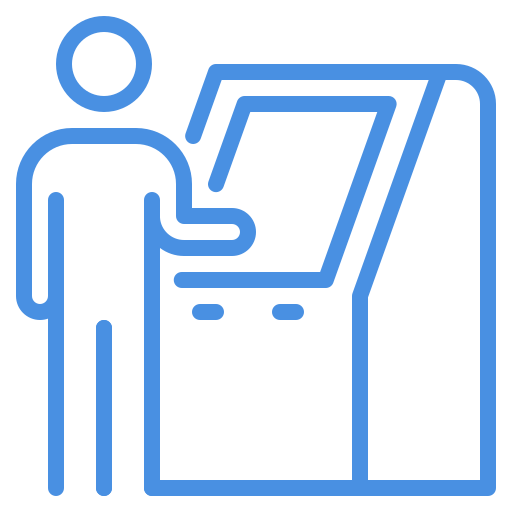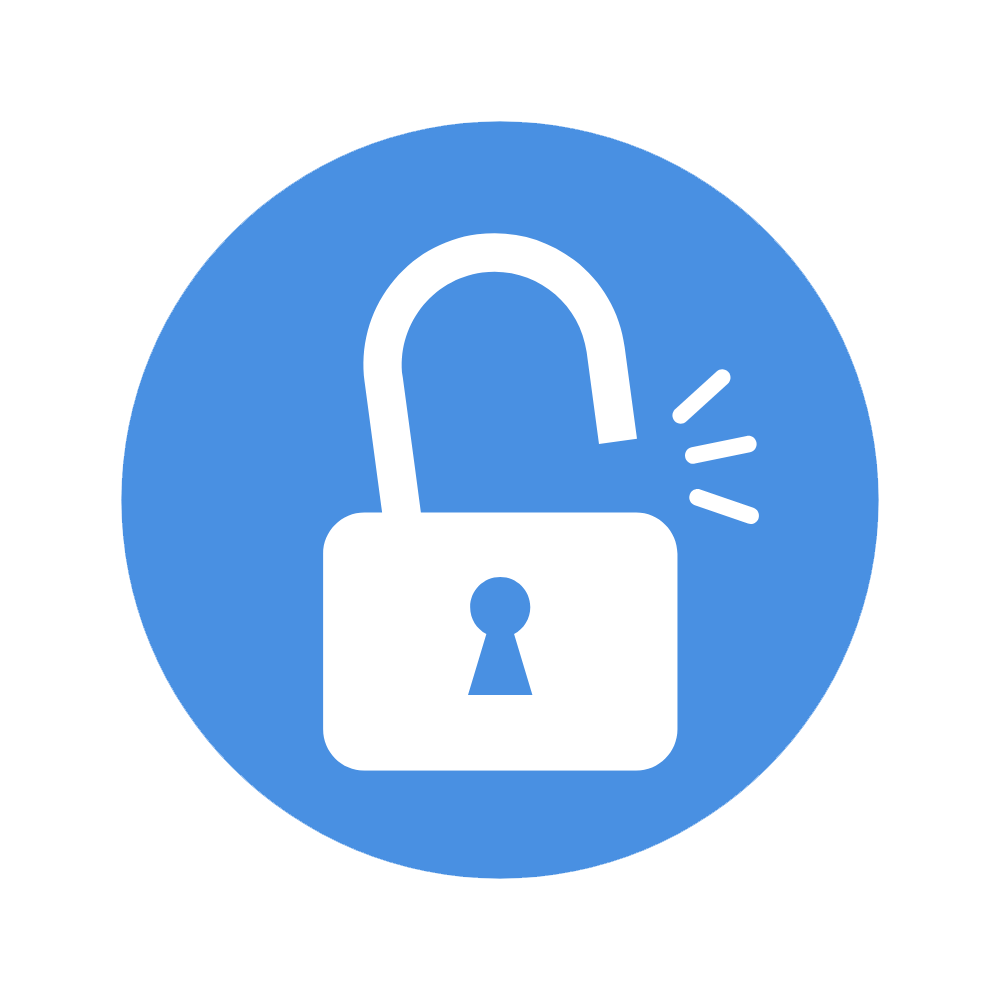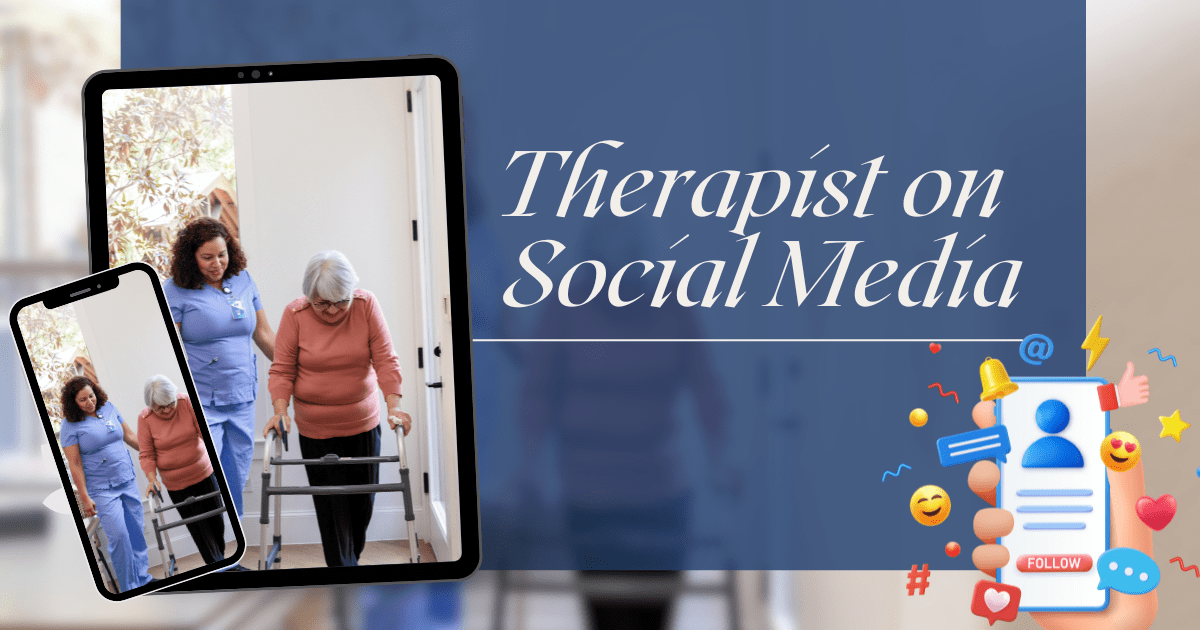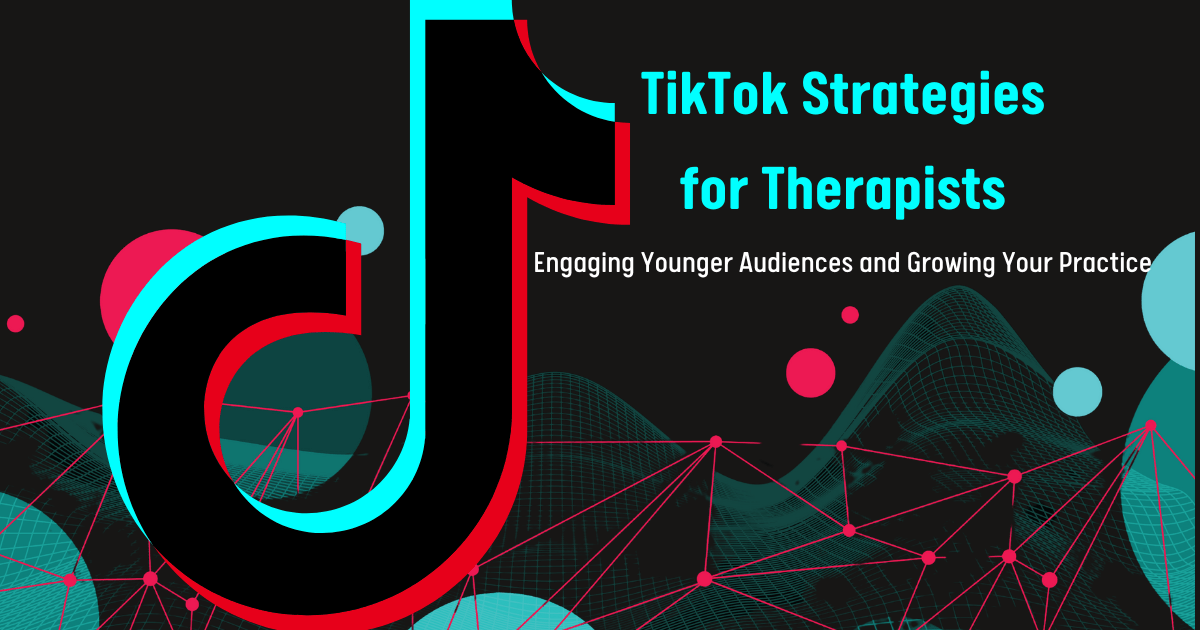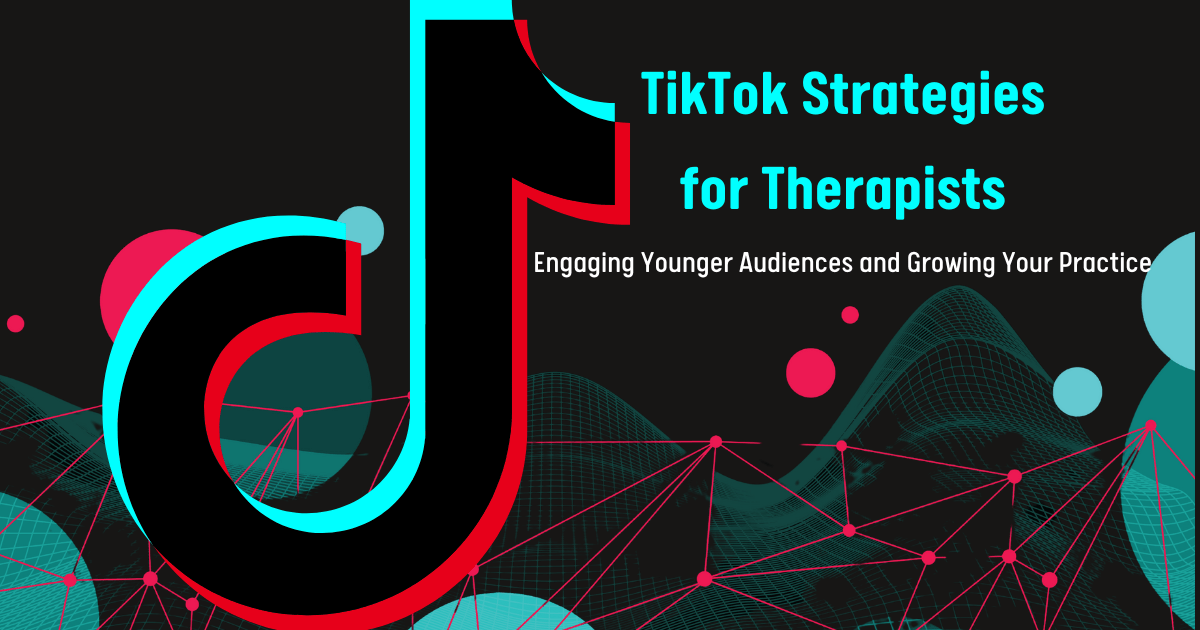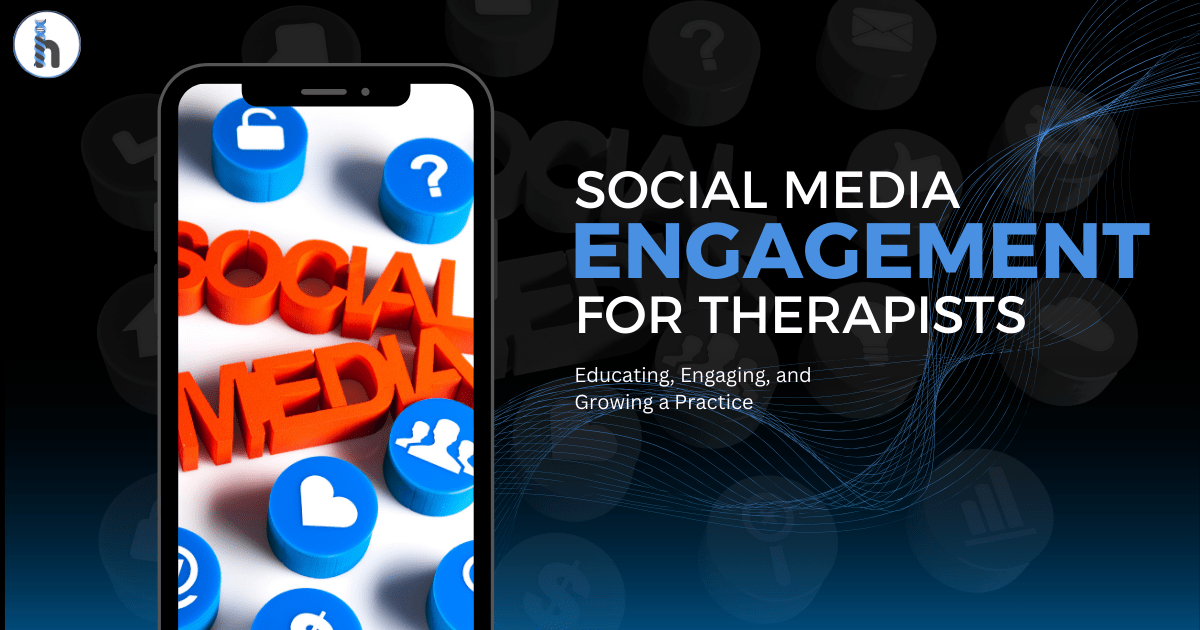How Therapists on Social Media Can Grow Their Practice Ethically and Avoid Burnout
Discover how therapists on social media can balance ethical engagement, prevent burnout, and create sustainable content strategies. This guide explores best practices for maintaining professional boundaries, leveraging automation tools, and optimizing social media presence while protecting mental well-being. Learn how to use social media effectively without it overwhelming your practice.
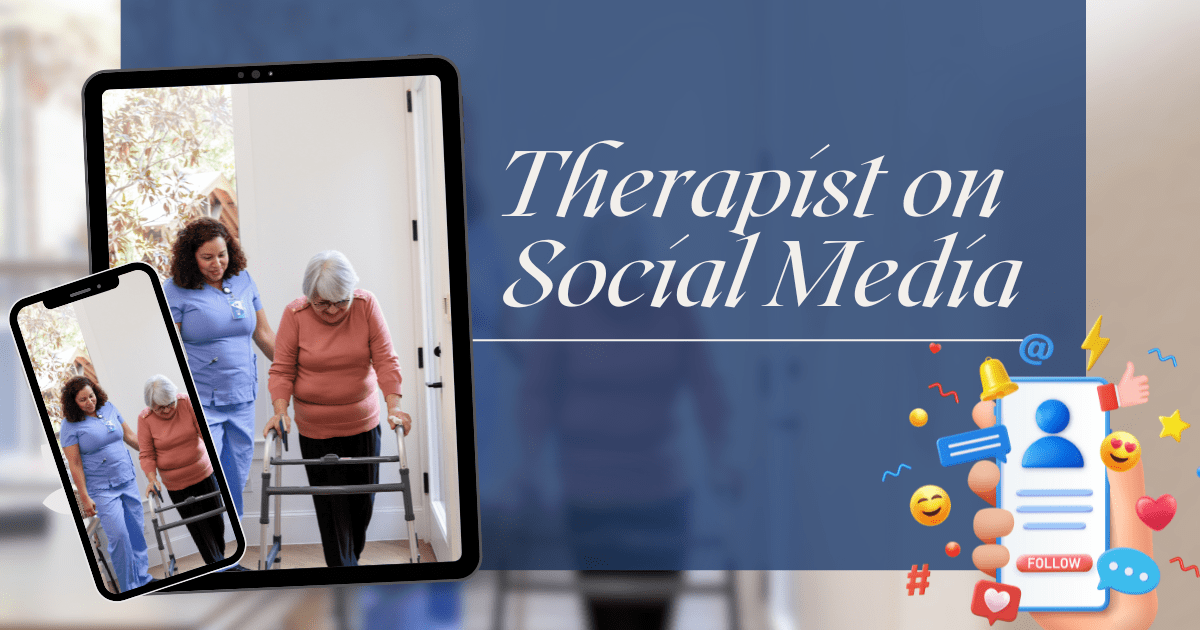
Introduction
Social media offers therapists a way to share knowledge, connect with clients, and establish credibility. While it can be a powerful tool for growing a practice, it also comes with ethical concerns, the risk of burnout, and the challenge of maintaining boundaries.
Therapists on social media must balance providing value with protecting their well-being. Ethical considerations like patient confidentiality and professional boundaries must be a priority, while at the same time, therapists need to ensure that social media does not interfere with their mental health and personal time. This article explores how therapists can engage on social media responsibly and sustainably.
Ethical Considerations for Therapists on Social Media
HIPAA Compliance and Patient Confidentiality
Therapists on social media cannot share any information that could identify a client. Even general case studies should be presented carefully to avoid breaching privacy.
-
- Never post client details, including names, session notes, or personal health information.
-
- Avoid discussing specific client cases, even if names are removed, unless consent has been given.
-
- Be mindful of what is shared in public comments and direct messages. If a follower asks for specific advice, guide them to schedule a professional session instead of responding publicly.
Maintaining Professional Boundaries
While social media allows therapists to be more accessible, clear boundaries must be set to separate personal and professional lives.
-
- Do not engage in therapy discussions via direct messages or public comments.
-
- Use disclaimers on educational content, stating that the information provided is general and not a substitute for professional advice.
-
- Keep interactions professional, even when responding to personal questions from followers.
Therapists on social media must also be mindful of dual relationships. Engaging with clients on social media in a casual or personal way can create ethical challenges and blur the professional line.
Avoiding Burnout: Protecting Mental Health While Staying Active Online
Setting Boundaries for Social Media Use
Many therapists find social media exhausting because it demands constant attention. Balancing content creation with clinical responsibilities can become overwhelming, leading to stress and burnout.
-
- Designate specific times for social media engagement instead of checking notifications throughout the day.
-
- Set limits on how often content is posted to avoid the pressure of maintaining an unrealistic schedule.
-
- Avoid comparing engagement or follower counts to others in the field, as this can create unnecessary stress.
-
- Take breaks from social media when needed. If engagement starts feeling overwhelming, stepping back for a few days or weeks can help reset energy and focus.
Separating Personal and Professional Social Media Use
To prevent social media from interfering with personal time, therapists should create clear divisions between professional and personal accounts.
-
- Use a dedicated account for therapy-related content to keep professional interactions separate.
-
- Avoid personal discussions on professional pages. If friends or family engage on therapy-related posts, guide them to personal conversations offline.
-
- Set expectations with clients about social media interactions, making it clear that direct messages or comments will not replace formal therapy sessions.
Sustainable Content Creation for Therapists
Planning Content in Advance
Consistently posting on social media does not mean therapists need to spend hours creating new content daily. A sustainable content strategy helps maintain engagement without leading to exhaustion.
-
- Batch-create content in one sitting instead of posting on the fly.
-
- Repurpose existing content by turning blog posts into short videos or summarizing key points from past posts.
-
- Rotate content themes to avoid running out of ideas. For example, therapists can post educational content one day, engagement questions another day, and practical tips later in the week.
Focusing on Quality Over Quantity
Therapists on social media do not need to post daily to be effective. A well-thought-out post once or twice a week is more valuable than rushed, frequent updates.
-
- Share posts that educate or inspire instead of posting just for the sake of staying visible.
-
- Avoid overwhelming followers with excessive information. Keep messages clear and to the point.
-
- Use interactive content like polls, Q&A sessions, or short videos to engage audiences without requiring long-form writing.
Automation and Delegation: Managing Social Media Efficiently
Using Scheduling Tools
To reduce the time spent managing social media, therapists can use tools to automate posts and delegate tasks where possible.
-
- Platforms like Buffer, Hootsuite, and Meta Business Suite allow users to schedule posts in advance.
-
- Planning content for a week or a month at a time can free up mental space and reduce daily posting stress.
-
- Automated responses for frequently asked questions can help manage direct messages professionally.
Choosing the Right Social Media Scheduling Tool
-
- Buffer – Best for solo therapists or small clinics needing a simple, cost-effective scheduling tool. It supports key platforms like Facebook, Instagram, and LinkedIn but lacks advanced analytics.
-
- Hootsuite – Ideal for larger therapy practices managing multiple accounts. It offers in-depth analytics, social listening, and team collaboration but comes at a higher price.
-
- Meta Business Suite – The best free option for those focused on Facebook and Instagram. It includes ad management but lacks support for platforms like LinkedIn or Twitter.
For simplicity and affordability, choose Buffer. For advanced analytics and team features, go with Hootsuite. If your focus is only on Facebook and Instagram, Meta Business Suite is the best free option.
Delegating Social Media Tasks
Therapists who have a growing audience may consider outsourcing some social media responsibilities.
-
- Hiring a virtual assistant or social media manager can help with content scheduling, engagement tracking, and responding to general inquiries.
-
- Collaborating with content creators or graphic designers can make posts visually appealing without adding extra work.
Conclusion
Therapists on social media can use these platforms to educate, engage, and grow their practice while maintaining ethical standards and protecting their well-being. By setting boundaries, creating content sustainably, and using automation tools, therapists can stay active online without feeling overwhelmed.
Social media should be an extension of a therapist’s professional presence, not a source of stress. A balanced approach ensures that therapists can maintain their online engagement while focusing on their practice and personal well-being.





